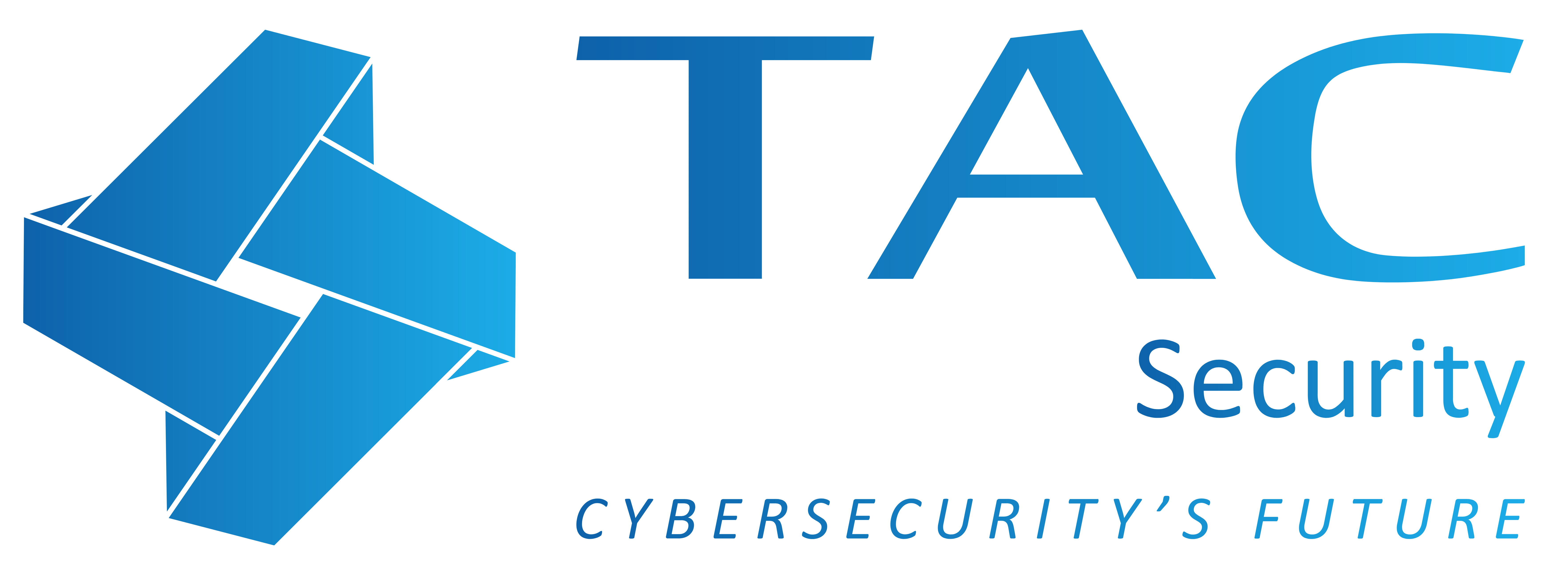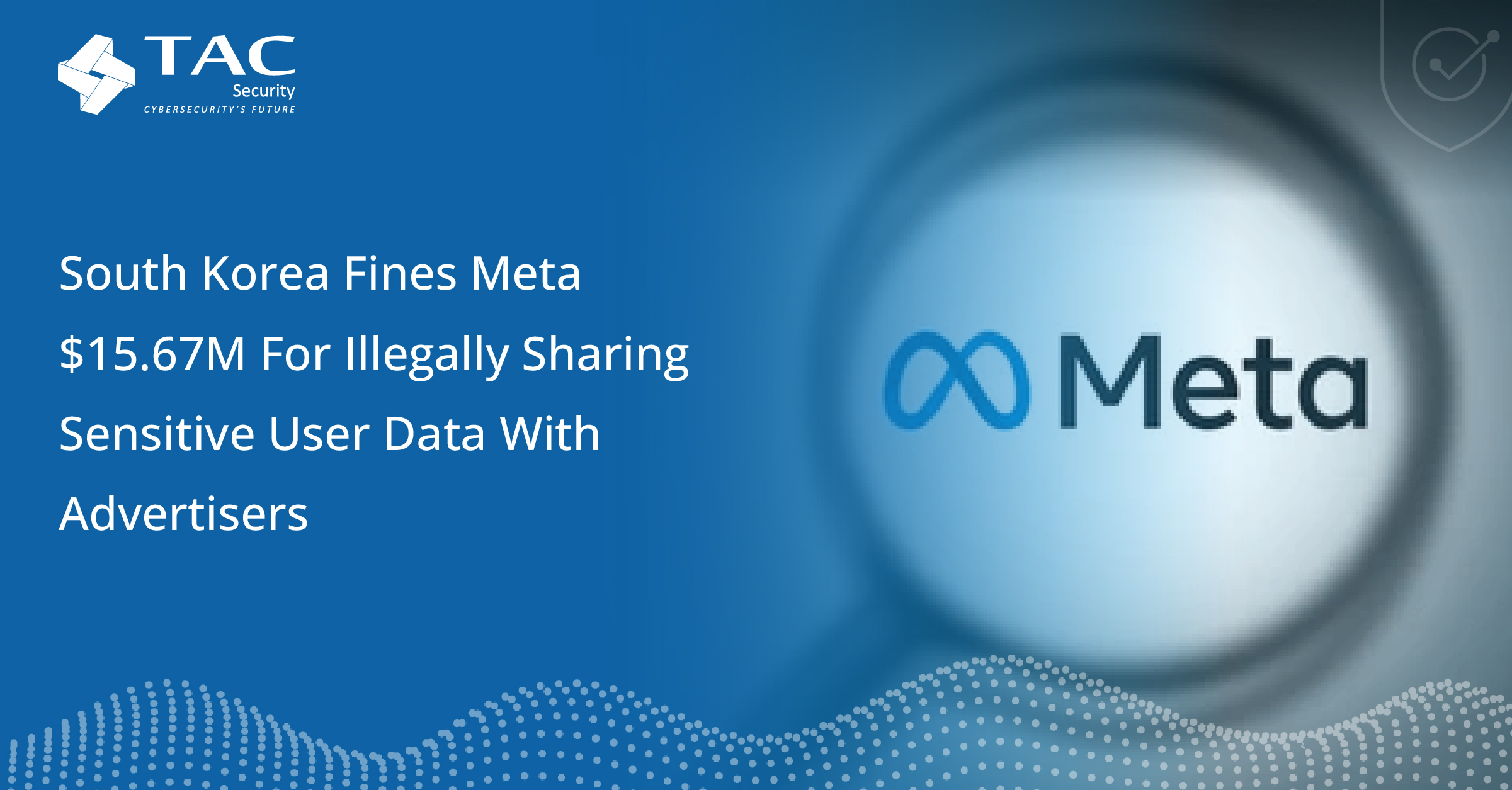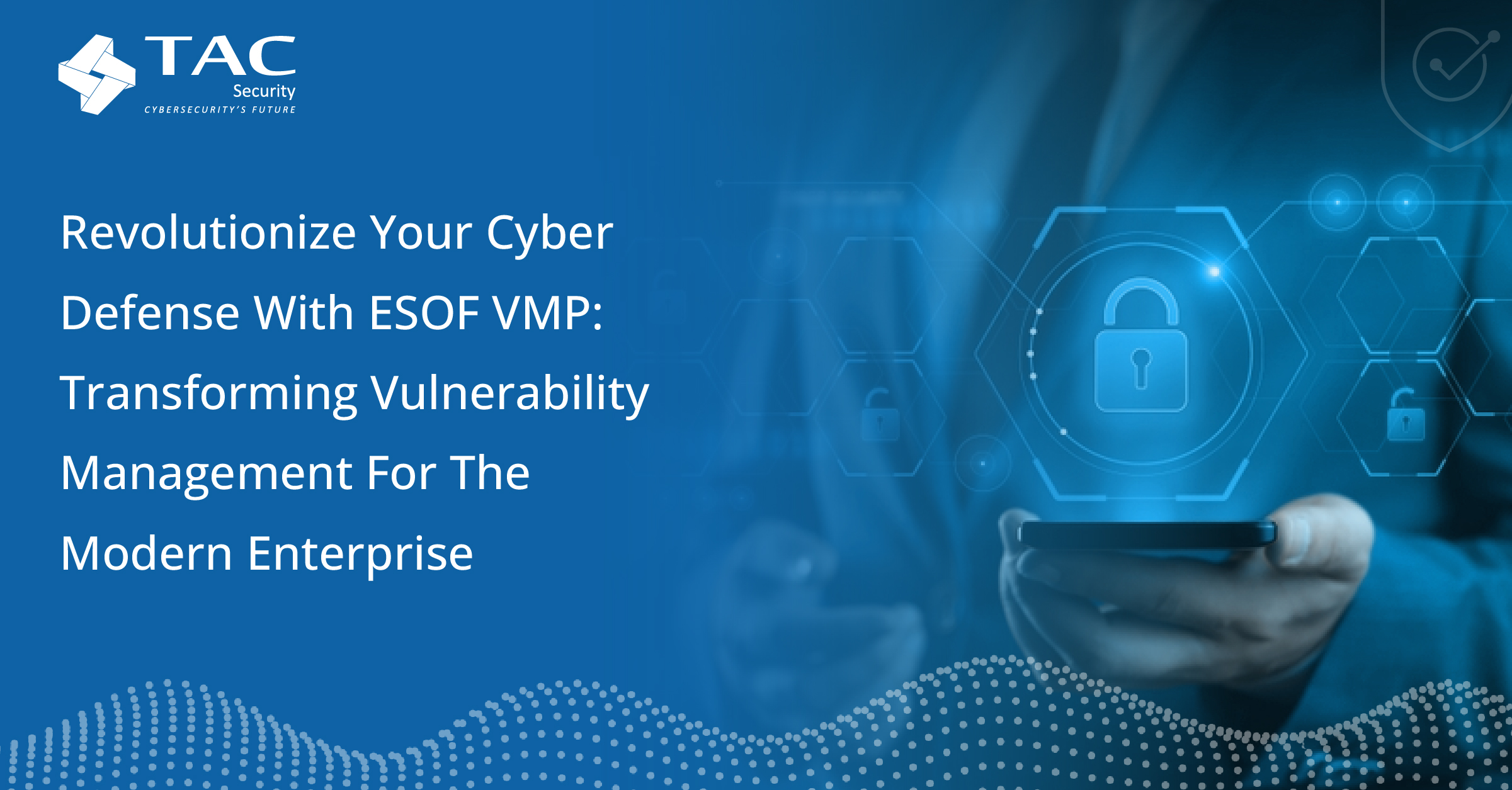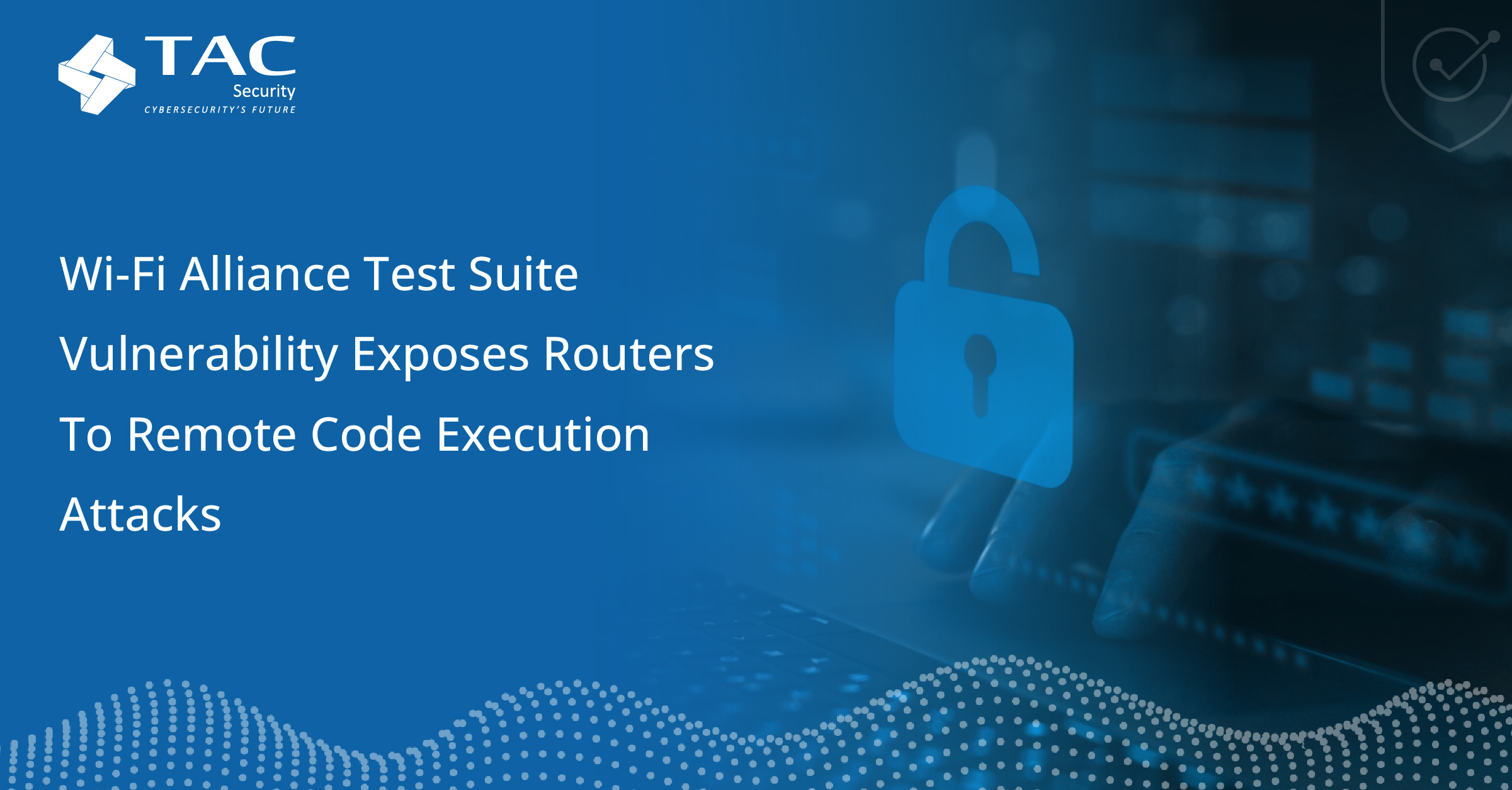Mitigating Cybersecurity Risks with TAC Security’s ESOF: Safeguarding Your Organization’s Data in a Changing Landscape
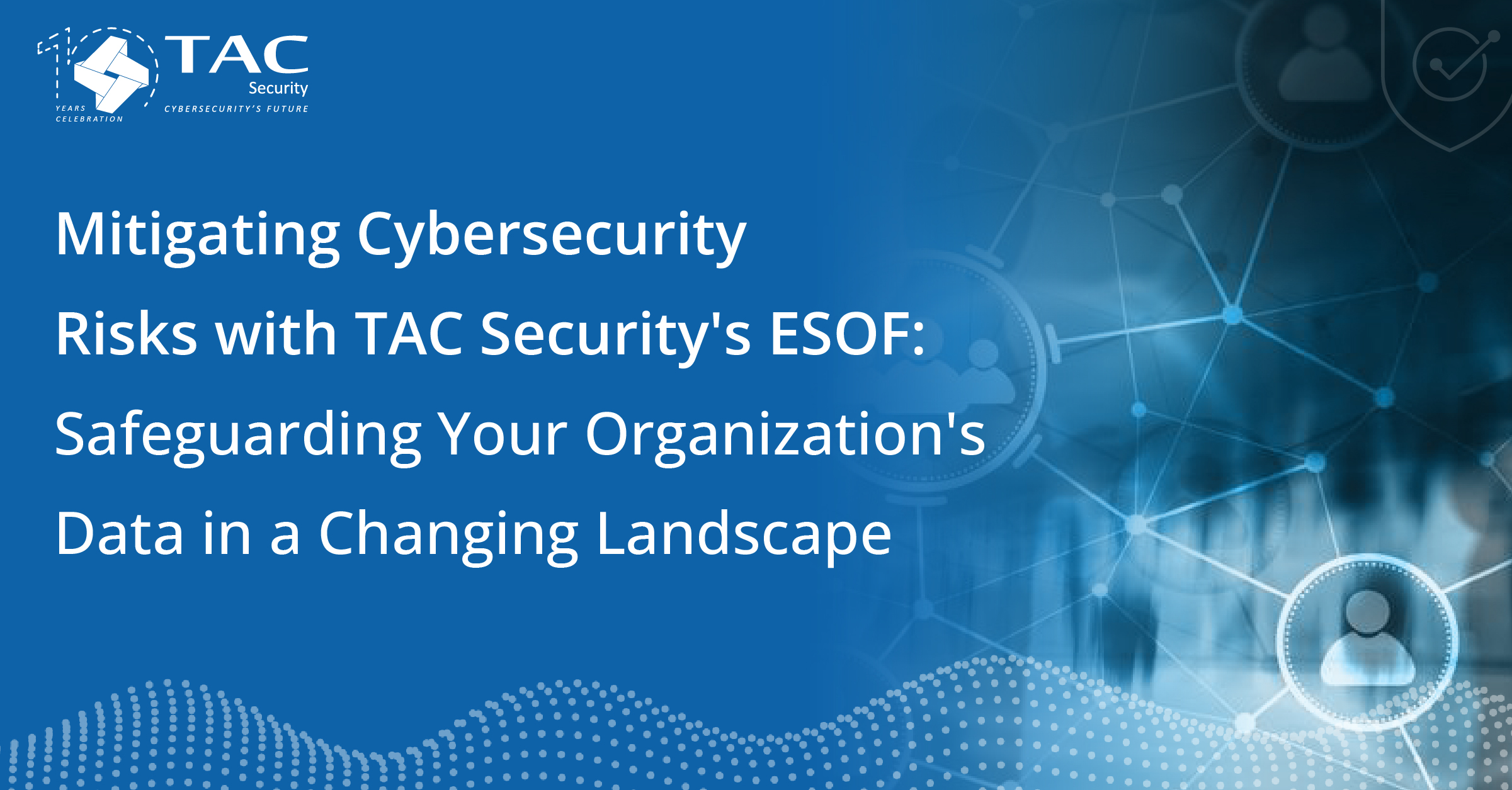
According to a report by CyberArk, more than 91% of Indian organizations experienced ransomware attacks in 2022. Of those affected, 55% reported paying the attackers twice or more for data recovery, suggesting they were victims of double extortion campaigns. The report also highlighted that Indian organizations had accumulated cyber debt in 2022 due to lower security spending during the pandemic compared to investments in digital business initiatives. The levels of cyber debt are expected to rise further in 2023 due to economic downturn, increased staff turnover, reduced consumer spending, and an uncertain global environment. The report emphasized the importance of protecting identities, as compromising identities is the preferred method for attackers to evade cyber defences and gain access to critical data and assets.
In another news article, it is reported that suspected state-backed Chinese hackers used a security vulnerability in a popular email security appliance to breach the networks of hundreds of public and private sector organizations globally. The cybersecurity company Mandiant, backed by Google, identified this as the broadest cyber espionage campaign conducted by a China-nexus threat actor since the mass exploitation of Microsoft Exchange in early 2021. The hackers targeted government agencies, foreign ministries, foreign trade offices, and academic organizations, with a focus on issues of high policy priorities for China, particularly in the Asia Pacific region. The article emphasizes the need for organizations to establish robust security measures and perform risk assessments to protect their data from such attacks.
Additionally, an article discusses best practices in data security implementation shared by CIOs. With the increasing volume of data and rising cybersecurity incidents, organizations face challenges in managing and protecting their data effectively. IT resilience, which refers to the ability of an organization’s IT systems and infrastructure to adapt, recover, and continue operating during disruptive events, becomes crucial. To strike a balance between data utilization and security, organizations need to classify data, perform risk assessments, minimize data collection, establish access controls, and employ strong data encryption techniques. Dealing with cross-border data also poses challenges, and organizations must navigate legal, regulatory, and security considerations to ensure compliance with data protection regulations.
TAC Security’s Enterprise Security on One Framework (ESOF) is a comprehensive solution that can help businesses mitigate cybersecurity risks effectively. ESOF offers vulnerability assessment and management services to identify weaknesses and apply necessary patches. It incorporates threat intelligence and monitoring capabilities to stay informed about emerging threats. With its incident response and management features, ESOF enables organizations to swiftly contain and recover from security incidents. ESOF also supports security audits, compliance requirements, and employee awareness and training. Through continuous monitoring and threat hunting, ESOF helps businesses strengthen their overall security posture and mitigate risks proactively.
